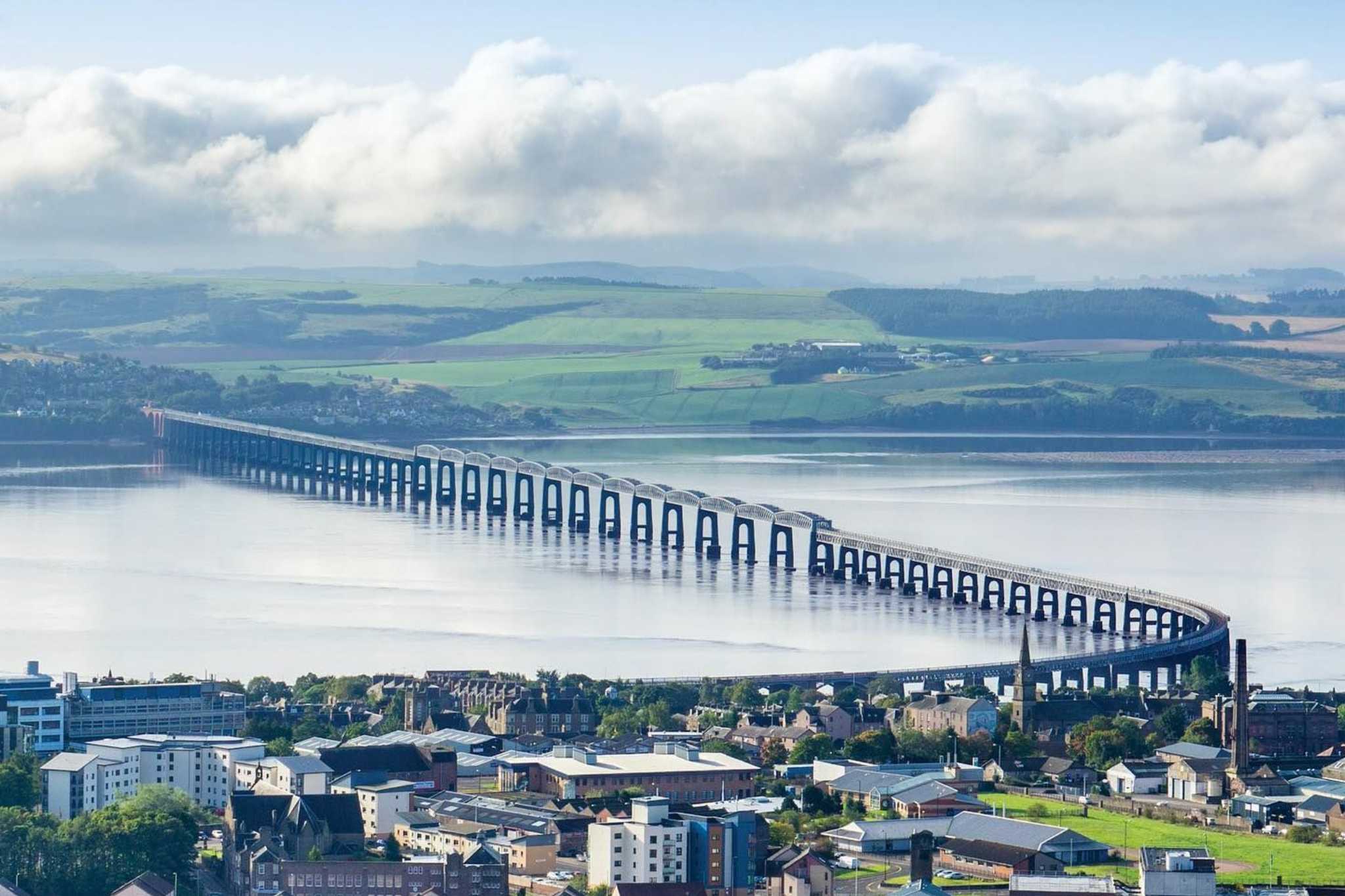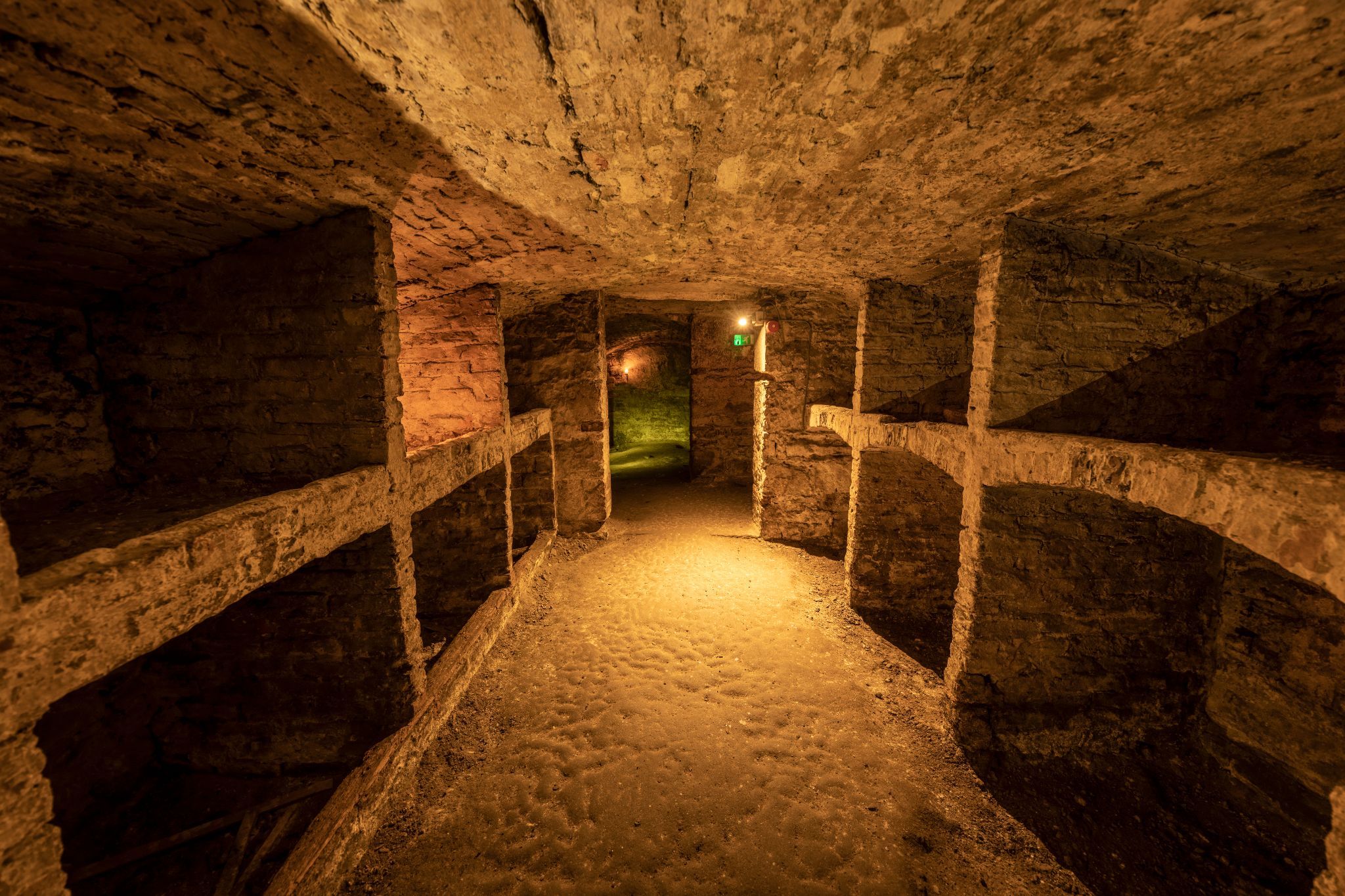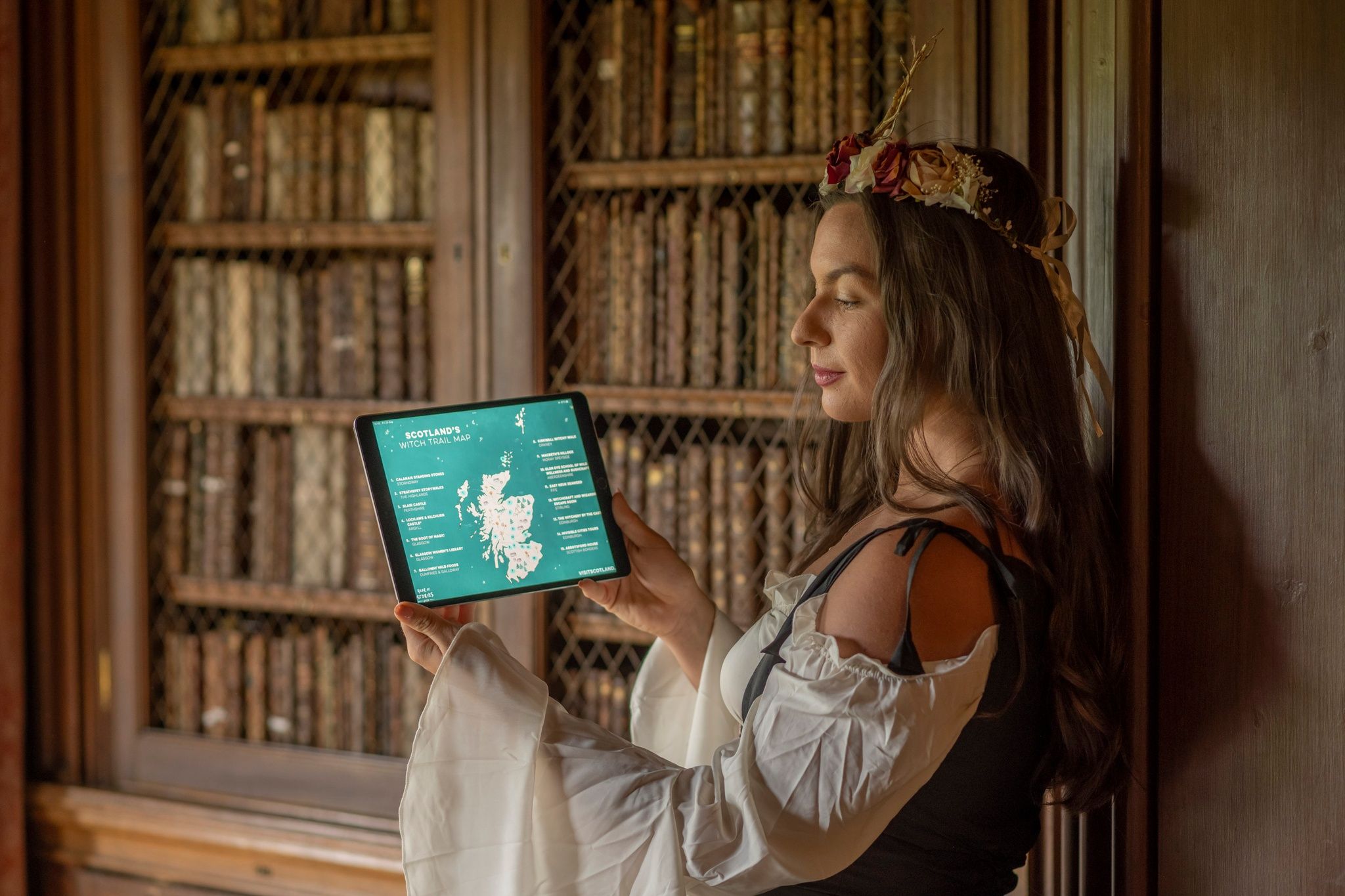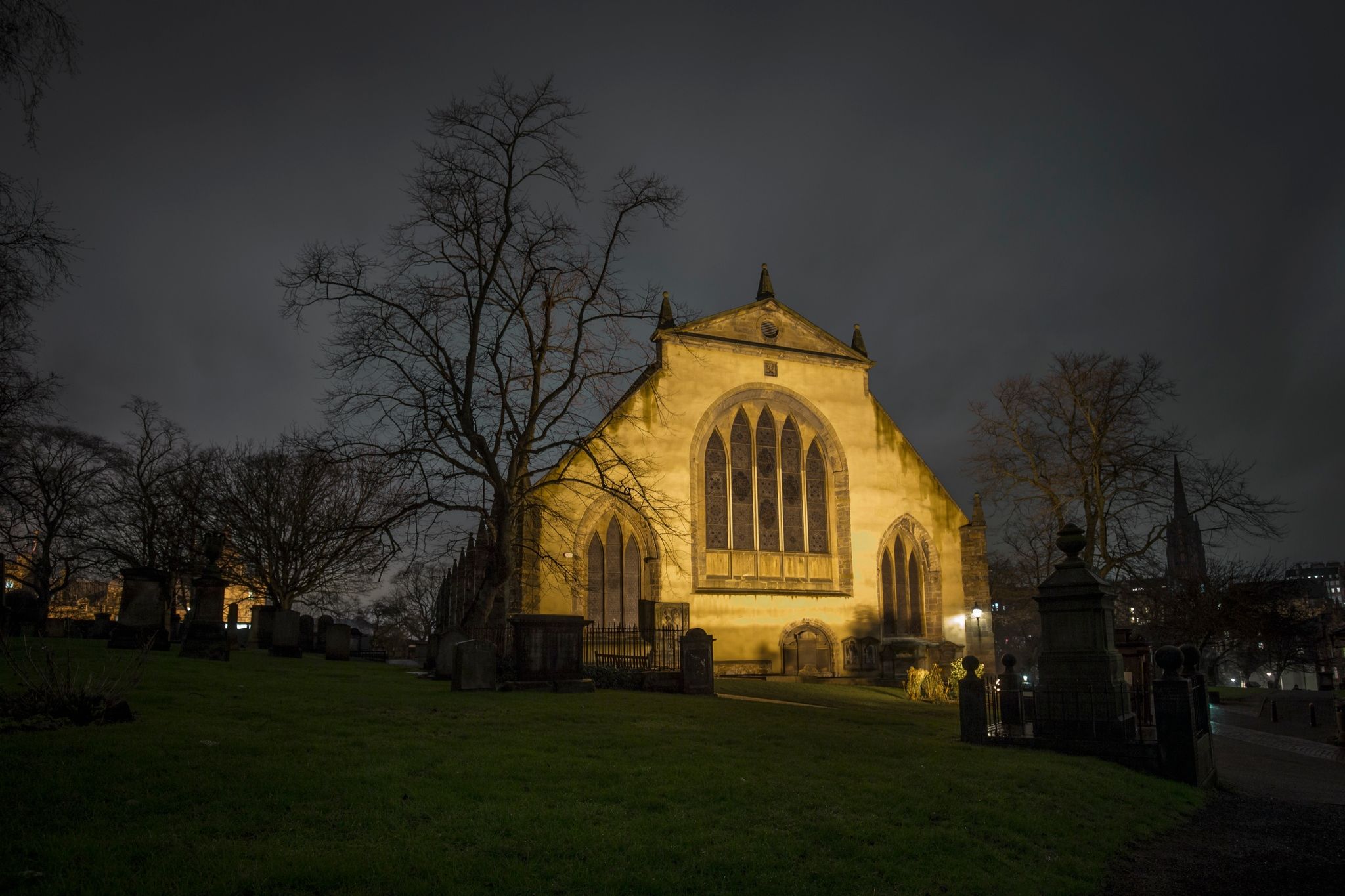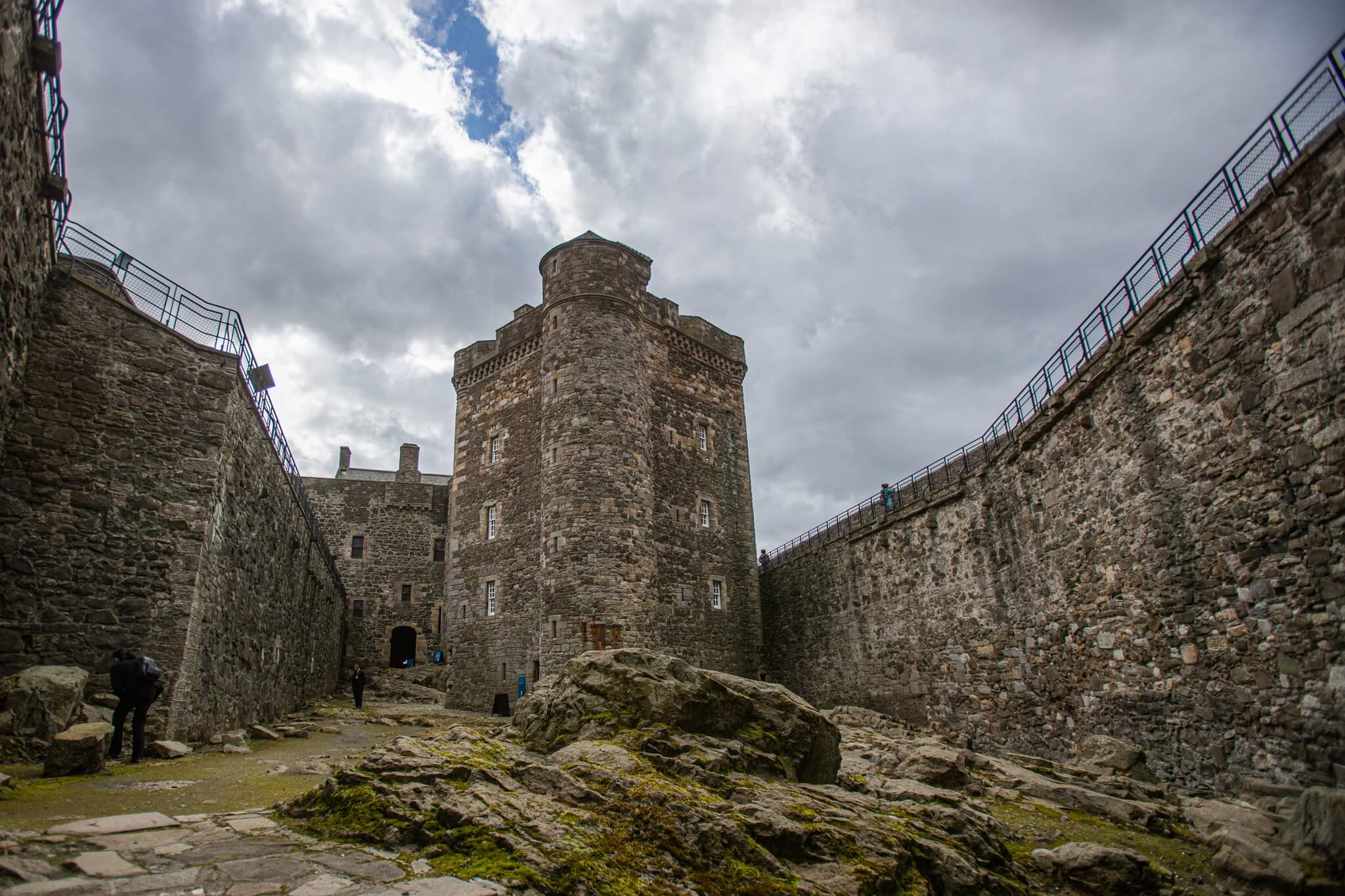13 unheimliche Orte in Schottland mit Gänsehautgarantie
Über Gruselgeschichten können Sie sich nicht nur zu Halloween freuen. Den Legenden nach spukt es in Schottland nicht nur am 31. Oktober, der gruseligsten Nacht des Jahres, sondern jede Nacht.
Falls Sie sich gerne etwas gruseln, haben wir einige schaurig-schottische Geistergeschichten aus unseren gruseligsten Schlössern, düstersten Häusern und unheimlichsten Mooren für Sie zusammengestellt.
- 1
Crathes Castle Banchory
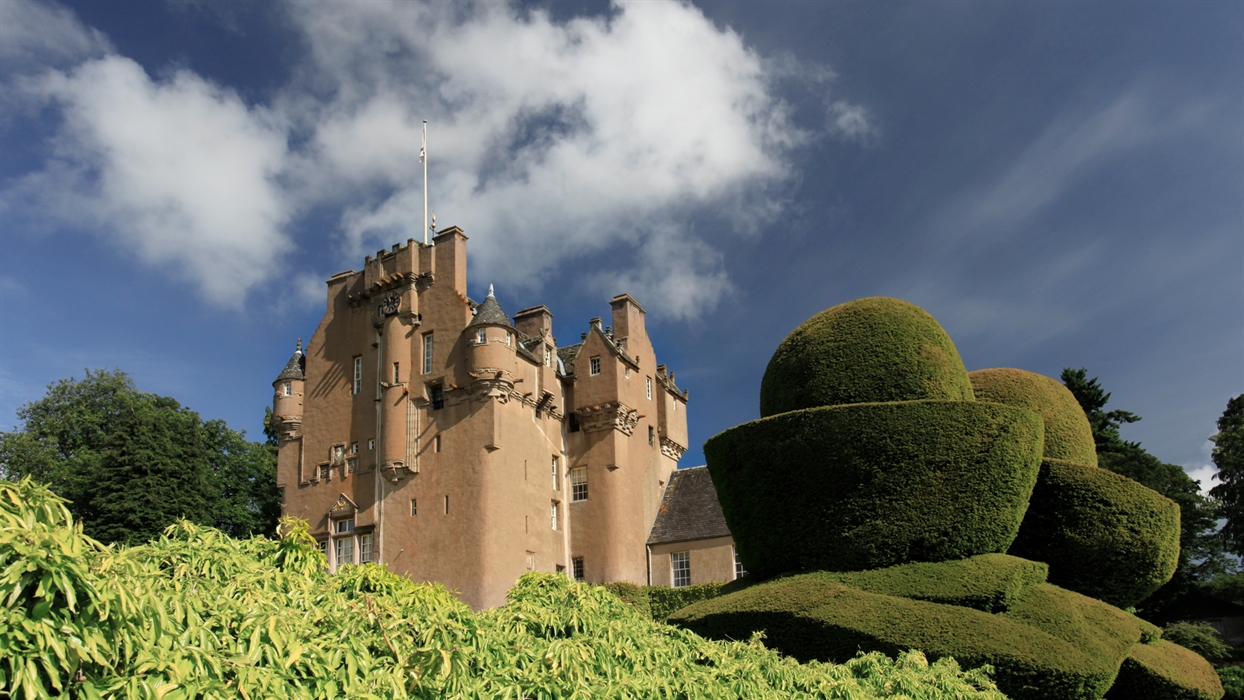
Crathes Castle, Garden & Estate
© National Trust for Scotland
Mit bezaubernden Türmen und kunstvoll verzierten Räumen ist Crathes Castle in der Nähe von Banchory ganz bestimmt ein Ort, den Geister heimsuchen würden. Die Burg wurde im 16. Jahrhundert von der Burnett-Familie erbaut. Der finstere Wohnturm von damals steht noch heute. Es heißt, dass hier der ruhelose Geist der Green Lady umherwandere, ein Geist in einem grünen Kleid. Sie soll ein Dienstmädchen oder das Mündel des Lairds gewesen sein, das kurz nach der Geburt ihres Kindes verschwand. Im 19. Jahrhundert wurden hinter dem Kamin in einem der Zimmer, in dem sie gesehen worden ist, Überreste eines Skeletts gefunden.
Ausstattung- Parkplatz
- Barrierefreier Park- oder Halteplatz
- Café oder Restaurant
- 2
Glencoe Highlands
Blick von Glen Etive auf Buachaille Etive Mòr und Buachaille Etive Beag
Das brutale Massaker von Glencoe fand am 13. Februar 1692 statt und ist einer der blutigsten Vorfälle in der schottischen Geschichte. Es wird erzählt, dass sich Truppen des Campbell-Clans – auf Anweisung der Regierung – als freundliche Besucher ausgaben und anschließend ihre Gastgeber aus dem Clan Macdonald angriffen, als diese friedlich schliefen. Dabei wurden 38 Männer, Frauen und Kinder getötet. Andere Mitglieder des Clan Macdonald sollen in die umliegenden Berge geflüchtet sein, erfroren dort jedoch in der bitteren Kälte der rauen Gebirgslandschaft. Heute gibt es immer wieder Berichte darüber, dass dieses Massaker erneut gesehen wurde oder dass im Tal Schreie zu hören sind, vor allem rund um den Jahrestag dieses Ereignisses.
- 3
Das Schlachtfeld von Culloden Culloden Moor bei Inverness
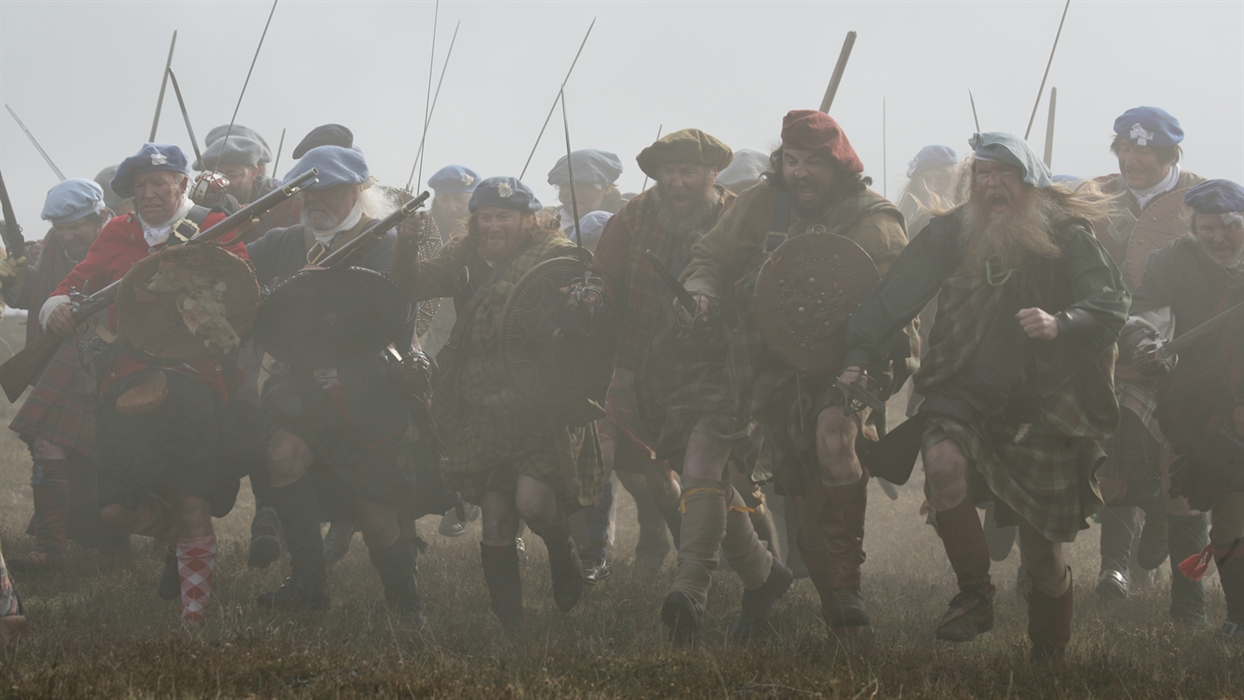
Culloden Battlefield
Hier, in dieser trostlosen Moorlandschaft in der Nähe von Inverness, fand 1746 die blutige Schlacht von Culloden statt. In nicht einmal 40 Minuten wurden Tausende Clanmitgliedern getötet, die Armee von Bonnie Prince Charlie besiegt und das Ende des Jakobitenaufstands besiegelt. Schreie, aufeinander treffende Schwerter und Geschützfeuer wurden bereits auf dem Schlachtfeld gehört und auch ein einsamer Highlander soll diese Gegend heimsuchen. Angeblich murmelt er das Wort defeated (zu Deutsch: „besiegt“) vor sich hin, wenn er Menschen begegnet.
Ausstattung- Parkplatz
- Barrierefreier Park- oder Halteplatz
- Höhranlage
- Café oder Restaurant
- 4
Edinburgh Castle Burgvorplatz

Edinburgh Castle
Das weltberühmte Edinburgh Castle thront hoch über der schottischen Hauptstadt und soll eine der Burgen in ganz Schottland sein, in denen es am meisten spukt. Im Laufe der Jahre gab es zahlreiche Berichte über paranormale Aktivitäten. Ehemalige Gefangene sollen im Kerker herumgeistern und es wird von einem kopflosen Trommler berichtet, der zum ersten Mal kurz vor Oliver Cromwells Angriff auf die Burg im Jahr 1650 gesehen wurde. Obwohl viele Menschen den Klang seiner Trommeln von den Burgzinnen gehört haben, wird er nur selten gesehen. Wenn er erscheint, soll es ein Zeichen für die Bedrohung der Burg sein.
Ausstattung- Mit öffentlichen Verkehrsmitteln erreichbar
- Barrierefreier Park- oder Halteplatz
- Barrierefreier Zugang
- Café oder Restaurant
- 5
Skaill House Sandwick, Orkney
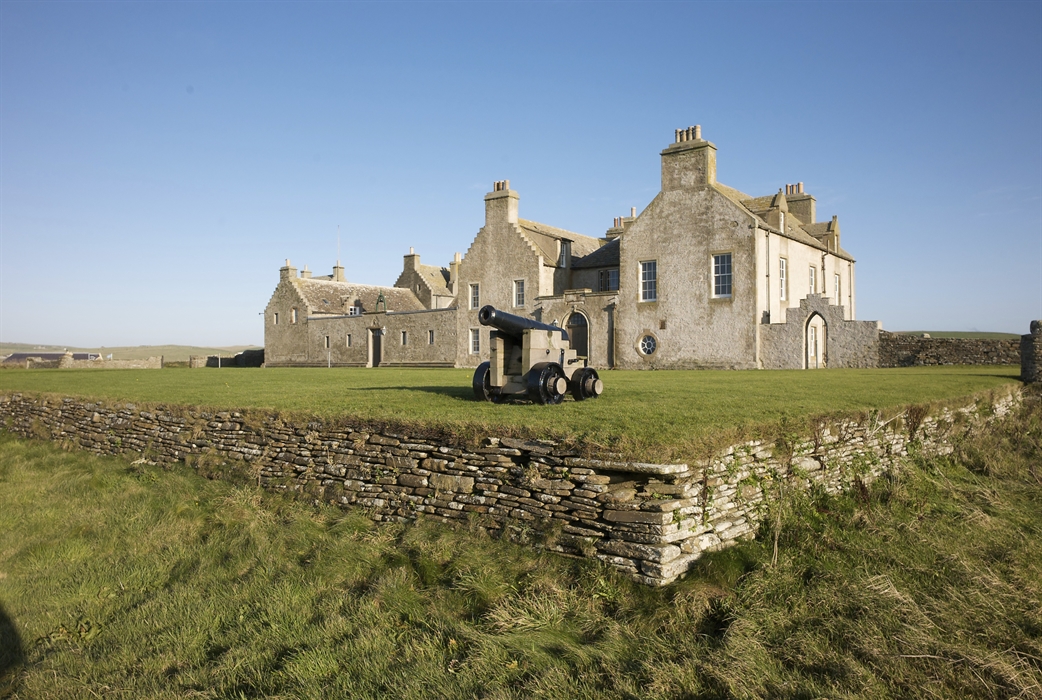
Skaill House
Skaill House wurde auf Land gebaut, das früher die jungsteinzeitliche Siedlung Skara Brae auf Orkney war. Es befindet sich damit an einem Ort, der seit mehr als 5.000 Jahren bewohnt ist. Es heißt, dass es vielleicht auf einer alten piktischen Begräbnisstätte steht, was der Grund dafür sein könnte, dass hier so viele Geister in leeren Zimmern und andere merkwürdige Erscheinungen wahrgenommen wurden. So berichten einige von Zigarettengeruch, der manchmal wie aus dem Nichts auftaucht.
Ausstattung- Mit öffentlichen Verkehrsmitteln erreichbar
- Parkplatz
- Barrierefreier Park- oder Halteplatz
- Barrierefreie Toiletten
- 6
Eilean Donan Castle Kyle of Lochalsh
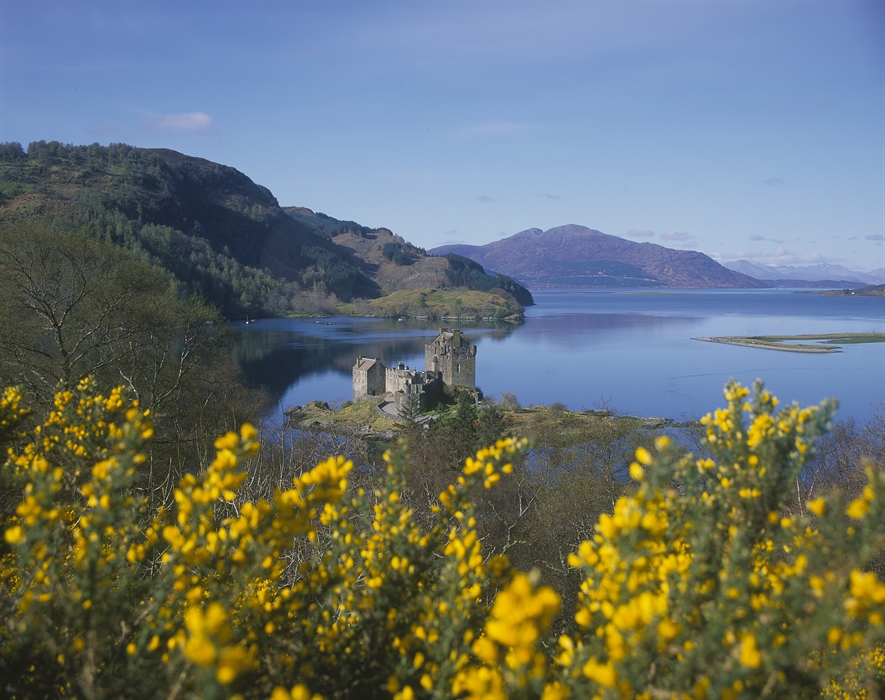
Eilean Donan Castle & Visitor Centre
Eilean Donan Castle ist eine der am meisten fotografierten Burgen in Europa, wenn nicht sogar weltweit. Sie liegt in der Nähe von Kyle of Lochalsh und soll von einem spanischen Soldaten heimgesucht werden, der 1719 während des ersten Jakobitenaufstands bei einer Belagerung ums Leben kam. Auch der Geist einer gewissen Lady Mary wurde in einem der Schlafzimmer der Burg gesichtet.
Ausstattung- Parkplatz
- Mit öffentlichen Verkehrsmitteln erreichbar
- Barrierefreier Park- oder Halteplatz
- Barrierefreier Zugang
- Café oder Restaurant
- 7
St Andrews Cathedral St Andrews
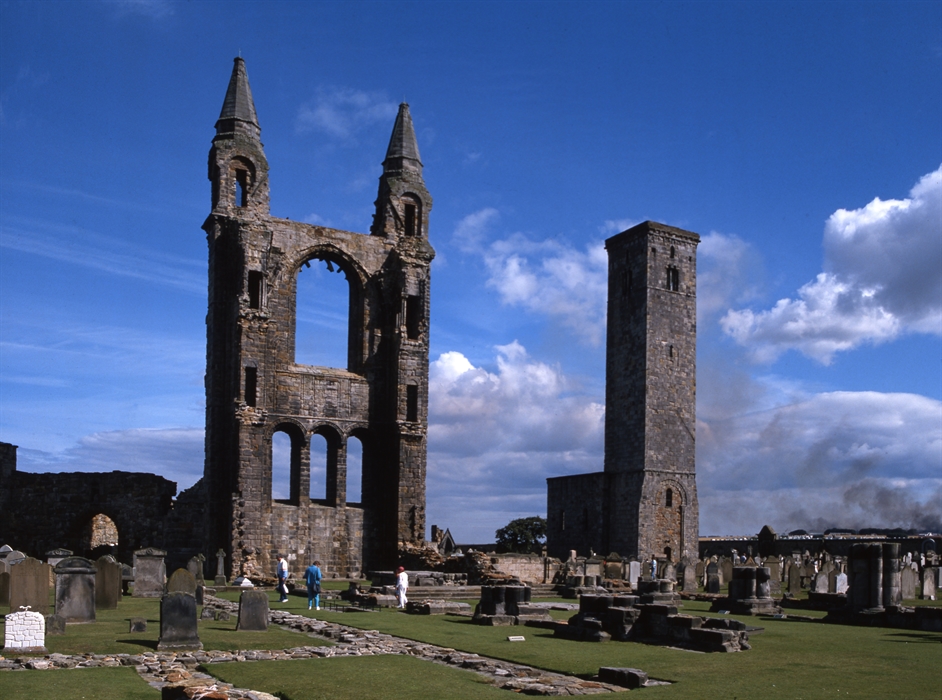
St Andrews Cathedral
Gerüchten zufolge soll die St Andrews Cathedral von zwei Geistern heimgesucht werden: einem freundlichen Mönch, der auf den Treppen am St Rule‘s Tower gesehen wurde, und der wunderschönen White Lady. Schon seit 200 Jahren berichten Menschen davon, dass sie eine Dame mit weißen Handschuhen gesehen haben, die über das Gelände schwebt und vor dem Turm der Kathedrale verschwindet, der heimgesucht wird. Der Legende nach stießen Steinmetze, die den Turm reparieren wollten, bei der Arbeit auf ein versiegeltes Zimmer, in dem sich einige Särge befanden. Einer davon war offen und enthielt den gut erhaltenen Körper einer jungen Frau, die weiße Handschuhe trug.
- 8
Dunnottar Castle Stonehaven
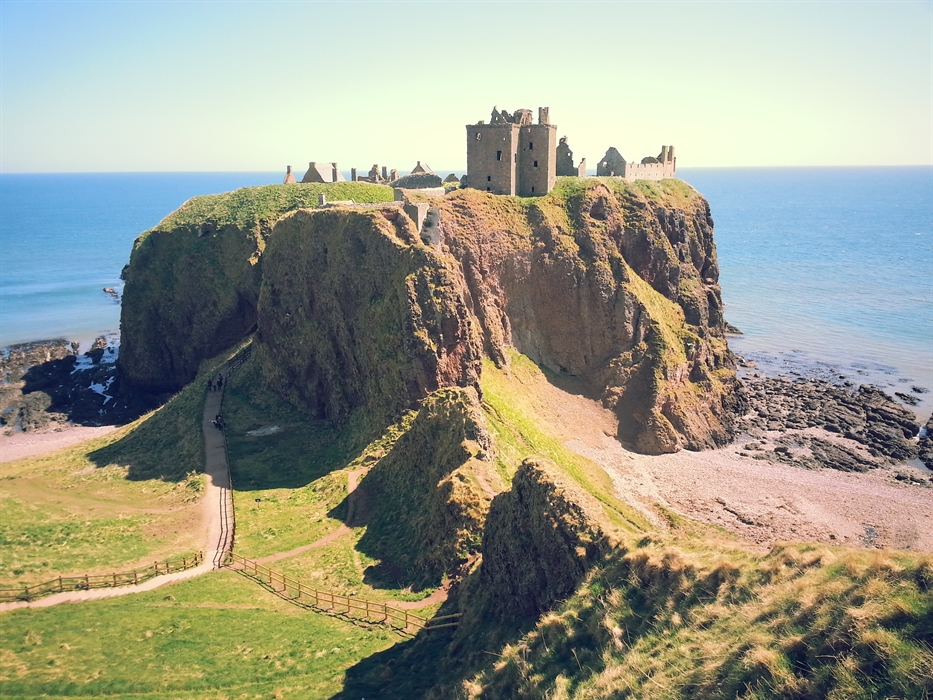
Dunnottar Castle on top of cliffs
Dunnottar Castle bei Stonehaven war der Schauplatz vieler dramatischer Ereignisse in der schottischen Geschichte. Hier hausen gleich mehrere Geister. In der Brauerei wurde ein Mädchen in einem karierten Kleid gesehen und ein skandinavisch aussehender Mann wurde dabei beobachtet, wie er in die Wachstube ging.
Ausstattung- Parkplatz
- Mit öffentlichen Verkehrsmitteln erreichbar
- Haustiere willkommen
- 9
Dunrobin Castle Golspie
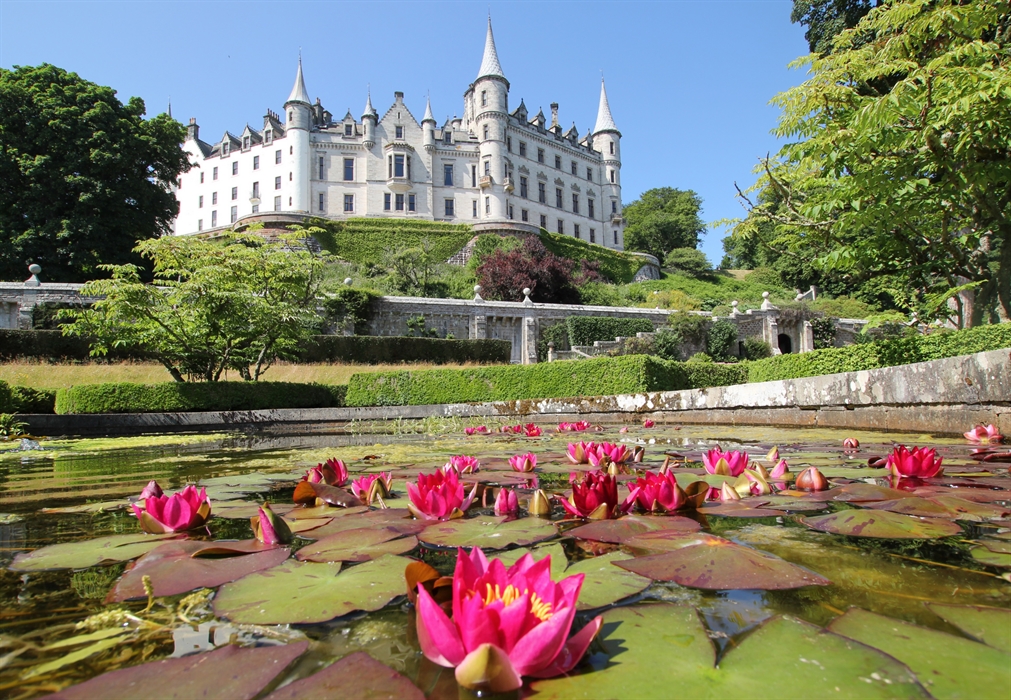
Dunrobin Castle
Es heißt, eine junge Frau suche das Nähzimmer in der oberen Etage von Dunrobin Castle in der Nähe von Golspie heim. Es wird erzählt, dass der Earl of Sutherland im 15. Jahrhundert eine wunderschöne junge Frau, die einem verfeindeten Clan angehörte, einsperrte und sie heiraten wollte. Sie versuchte, zu entkommen, indem sie an einem Seil aus Bettlaken die Schlosswand herunterkletterte. Dabei stürzte sie in den Tod. Man kann bis heute ihr Weinen aus dem Zimmer kommen hören.
Ausstattung- Parkplatz
- Barrierefreier Park- oder Halteplatz
- Café oder Restaurant
- 10
Stirling Castle Stirling
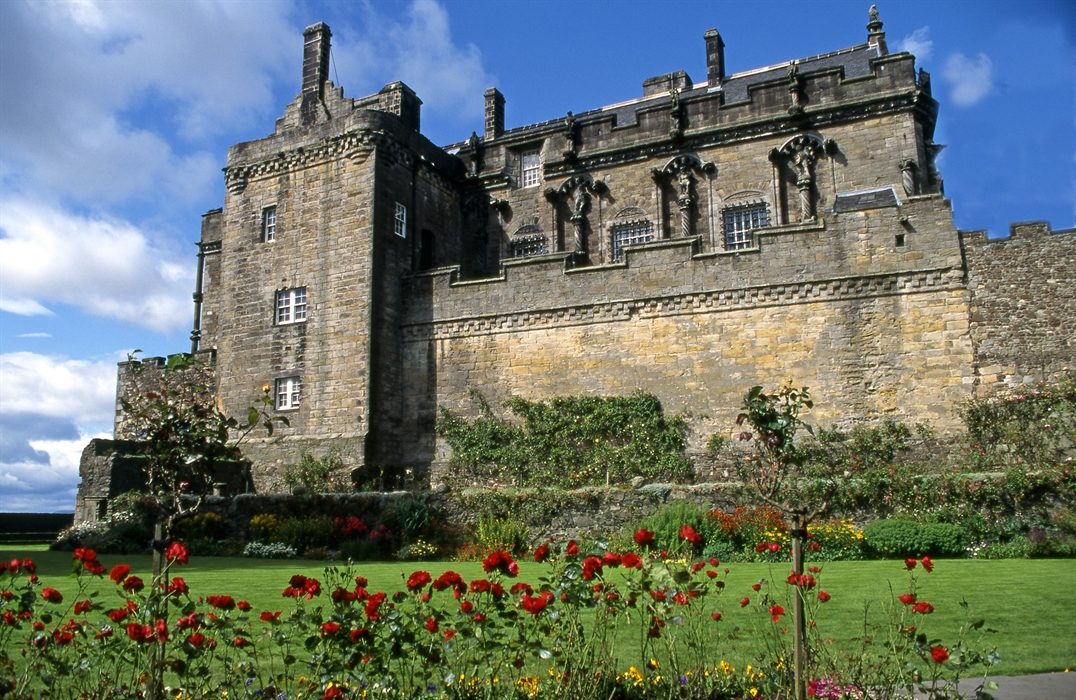
Stirling Castle
Stirling Castle ist eine der wichtigsten Burgen in der schottischen Geschichte und wird Berichten zufolge von einem geisterhaften Highlander heimgesucht, der ein traditionelles Kostüm mit Kilt trägt. Er wird oft mit einem Fremdenführer verwechselt und es gibt Berichte von Besuchern, die ihn ansprechen wollten, woraufhin er sich einfach umdrehte und vor ihren Augen verschwand.
Ausstattung- Parkplatz
- Mit öffentlichen Verkehrsmitteln erreichbar
- Höhranlage
- Barrierefreier Park- oder Halteplatz
- Barrierefreier Zugang
- Barrierefreie Toiletten
- Café oder Restaurant
- 11
Culzean Castle Maybole
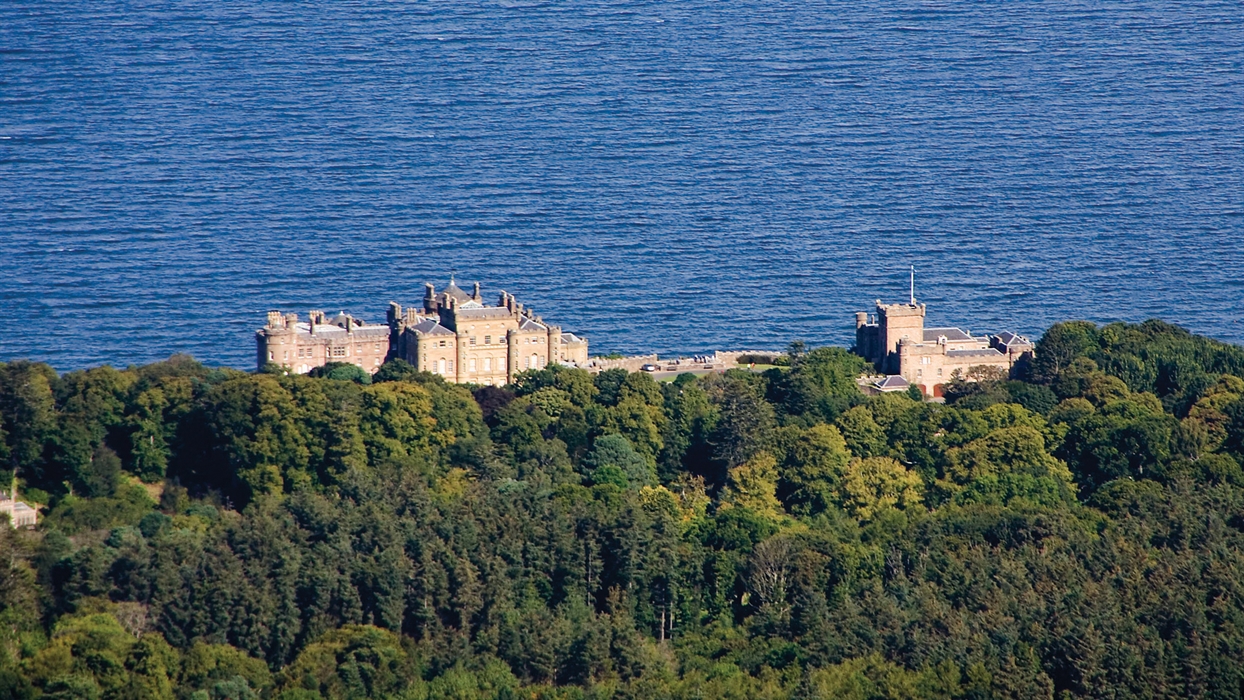
Culzean Castle & Country Park
Culzean Castle steht auf einer Klippe mit Blick auf die Küste von Ayrshire und sieht von innen ebenso verwunschen aus wie von außen. Mehrere Geister sollen dieses Schloss heimsuchen, darunter eine junge Frau im Ballkleid. Es gibt auch Berichte über einen geisterhaften grauen Nebel, der sich die große ovale Treppe hinaufbewegt. Außerdem soll der Geist eines Dudelsackspielers auf dem Anwesen musizieren, vor allem, wenn ein Mitglied der Kennedy-Familie kurz vor der Hochzeit steht. In stürmischen Nächten vermischen sich seine musikalischen Klänge mit den Geräuschen des Winds und der brechenden Wellen.
Ausstattung- Parkplatz
- Haustiere willkommen
- Barrierefreier Park- oder Halteplatz
- Höhranlage
- Café oder Restaurant
- 12
Inveraray Castle Inveraray
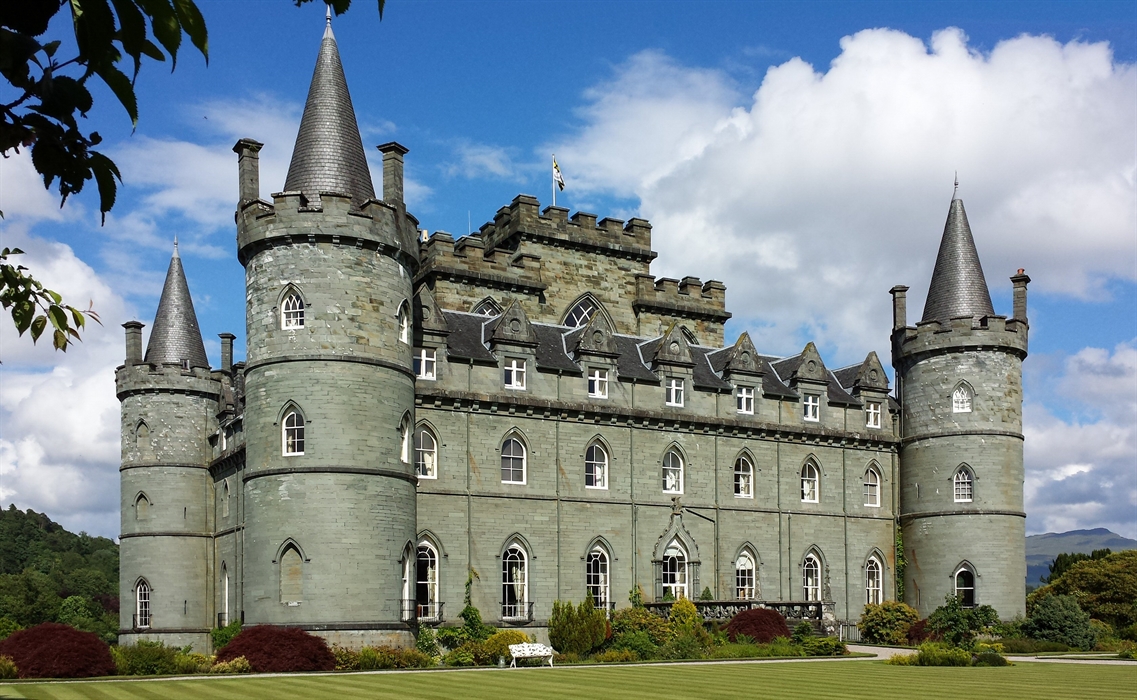
A view of the Castle from the South-West.
Im wunderschönen Inveraray Castle am Ufer von Loch Fyne sollen sich mehrere Geister aufhalten. Ein junger irischer Harfenspieler, der 1644 von Männern des Duke of Montrose umgebracht wurde, sucht Berichten zufolge den MacArthur Room heim, während die Graue Dame des Schlosses bisher nur von Töchtern des Duke of Argyll gesehen wurde. Eine weitere gruselige Erscheinung ist die geisterhafte Galley of Lorne – eine Galeere, die man am Horizont davonschweben sehen kann, wenn ein Duke stirbt.
Ausstattung- Parkplatz
- Mit öffentlichen Verkehrsmitteln erreichbar
- Barrierefreier Park- oder Halteplatz
- Barrierefreie Toiletten
- Barrierefreier Zugang
- Café oder Restaurant
- 13
Die alte Tay Bridge Dundee
Die Tay Bridge, Dundee
© @sam_and_her_cam
Das Unglück an der Tay Bridge ist eine der einprägsamsten technischen Katastrophen in der schottischen Geschichte. Am 28. Dezember 1879, nur zwei Jahre, nachdem sie in Dundee eröffnet wurde, erfasste ein schrecklicher Sturm die Brücke und schwächte ihren mittleren Abschnitt. Sie brach zusammen, als ein Passagierzug darüber fuhr. Alle Zuginsassen starben. Man erzählt sich, dass am Jahrestag dieses furchtbaren Unfalls ein Geisterzug zu sehen sei, der über den Teil des Flusses fährt, an dem sich die Unglücksbrücke befand. Die Überreste der Brückenpfeiler können Sie noch heute neben der aktuellen Tay Bridge erkennen.
Finden Sie Erlebnisse
JavaScript muss aktiviert sein, um dieses Formular zur Produktsuche anzuzeigen. Sie können es in Ihren Browser-Einstellungen aktivieren.
